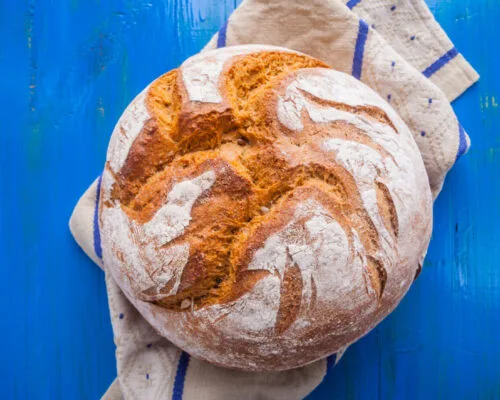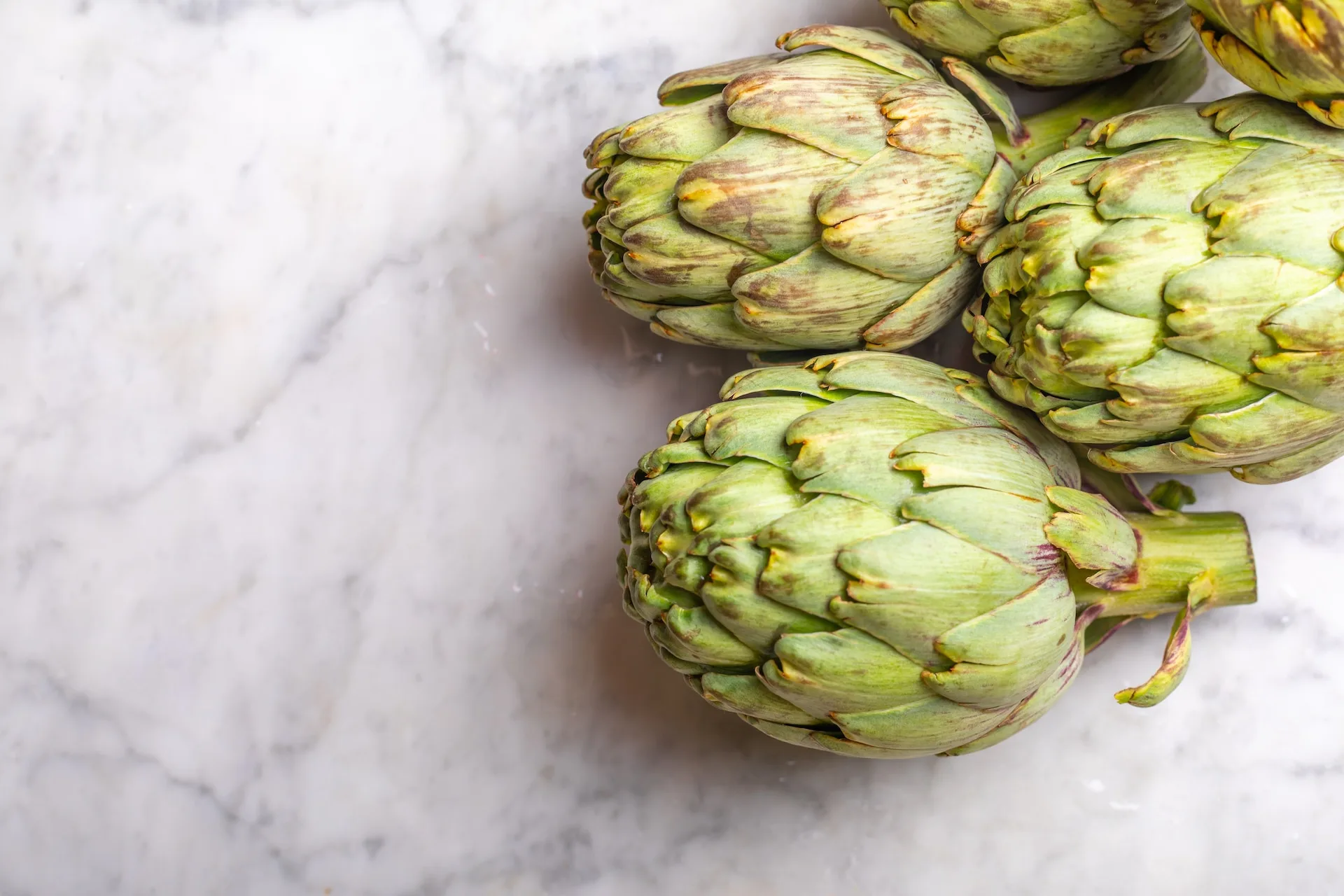If you’re living with diabetes, the biggest hurdle is often knowing what to eat and what not to eat—especially when it comes to snack time and breakfast.
Choosing foods that are high in fiber, protein, and healthy fats is essential. These foods will work hard to help keep blood sugar levels where they need to be.
Read up on what diabetes is, how to help control it with healthy snacks, and some delicious breakfast ideas to start the day off right.
What is Diabetes?
More than 34 million Americans have diabetes (about 1 in 10), according to the Centers for Disease Control and Prevention (CDC). Diabetes is a chronic condition that affects how the body turns food into energy. When we eat, food is broken down into glucose (sugar) and sent into our bloodstream. When our blood sugar rises, it signals our pancreas to release insulin.
Insulin is a hormone that we all need to allow sugar to enter our cells for use as energy. With diabetes, the pancreas doesn’t make enough insulin, or it can’t make good use of the insulin it is producing, or both. Because of this, people with diabetes wind up with too much sugar circulating in their bloodstream, which is called hyperglycemia. Eventually, all this sugar “hanging out” can affect kidney function, heart function, eyesight, and mess with your nervous and immune systems.
Types of Diabetes
There are three main types of diabetes:
- Type I — Once known as juvenile diabetes, Type I diabetes is a chronic condition in which the pancreas produces little or no insulin. This means that people with Type 1 need to take insulin shots, or wear an insulin pump, every day to manage blood sugar levels. (Insulin can only be injected because stomach acid destroys it, and oral medications for diabetes, such as metformin, only work if your pancreas is still producing some insulin.)
- Type 2 — With Type 2 diabetes, your body typically produces some insulin, but not adequate amounts. This leads to your cells responding poorly to the insulin it does produce (which is known as insulin resistance). The pancreas reacts by trying to produce more insulin, but eventually it can’t keep up and sugar builds up in the blood. Some people can manage their Type 2 diabetes with exercise and healthy eating, according to the American Diabetes Association. Others may need to take oral medication and/or an insulin shot to meet their target blood sugar levels.
- Gestational Diabetes — This type of diabetes only happens during pregnancy. The good news is that gestational diabetes can often be managed through diet and lifestyle alone (minus the medication and/or insulin in Types 1 and 2). But it does increase the risk of developing Type 2 diabetes in the future, so controlling it is key.
Some scientists have even proposed the term “Type 3 diabetes” to describe Alzheimer’s disease. Even though it’s not widely accepted, the concept is worth noting here. The reasoning supports the belief that insulin dysregulation (AKA diabetes) in the brain causes dementia.
Help Control Diabetes With Healthy Snacks
Choosing foods and snacks with healthy fats, proteins and high-fiber, low-sugar carbs, is essential for those living with diabetes.
Some great snack options include:
- High-fiber crackers with a packet of nut butter
- Veggies with hummus
- Hard-boiled egg with a cheese stick and a piece of fruit
- Apple with nut butter
- Cottage cheese or yogurt with berries
- Handful of almonds
- Protein bars (check out our list of the 15 healthiest protein bars)
- Avocado boat egg bake
Healthy Carbs for Diabetes
Remember, carbs are our body’s preferred source of fuel and, together with protein and fat, are the macronutrients that provide us with energy—even for people living with diabetes. As mentioned, keeping your carb count controlled is important. But for a person with diabetes, simply avoiding carbs is oversimplifying things. Healthy carbs play a key role in satiety (AKA feeling full), brain health, organ function and blood sugar control. All of which are super important for health and well-being.
That’s why when it comes to carbs and diabetes, it’s crucial to separate unhealthy from healthy. What we mean by healthy carbs is whole food, high-fiber, low-sugar, complex carbs that work for you. In other words, fruits, vegetables, whole grains, legumes, etc., all of which don’t come with a nutrition label.
Unhealthy carbs are those super-processed and refined ones that work against you. Foods like salad dressing, spaghetti sauce and bread typically have added sugars, which means added carbs. (News to no one: Sugar is not your friend!)
The amount of carbs that people with diabetes can eat to stay in their target blood sugar range depends on age, activity level, weight and other factors. If you’re having trouble hitting that mark, then it can be helpful to work with a dietitian to create a tailored meal plan.
Breakfast Ideas for Diabetes
Breakfast might be the most important meal of the day for people living with diabetes. A study out of Tel Aviv University found that for people with Type 2 diabetes, skipping breakfast led to spikes in blood sugar throughout the rest of the day.
When it comes to breakfast, finding the right balance of carbs, protein and fat in the morning is important. If you choose to eat cereal, for example, (something we don’t highly recommend at NL!) the most important thing to remember is to pick one that’s low in sugar and high in fiber and couple it with a high protein choice like a hard-boiled egg. More specifically, look for whole-grain cereals that have less than 6-7 grams of sugar and at least equal amounts of fiber.
RELATED: Cereal Brands Are Reducing Sugar—All You Need to Know
Here are five more diabetes-friendly breakfast options:





























